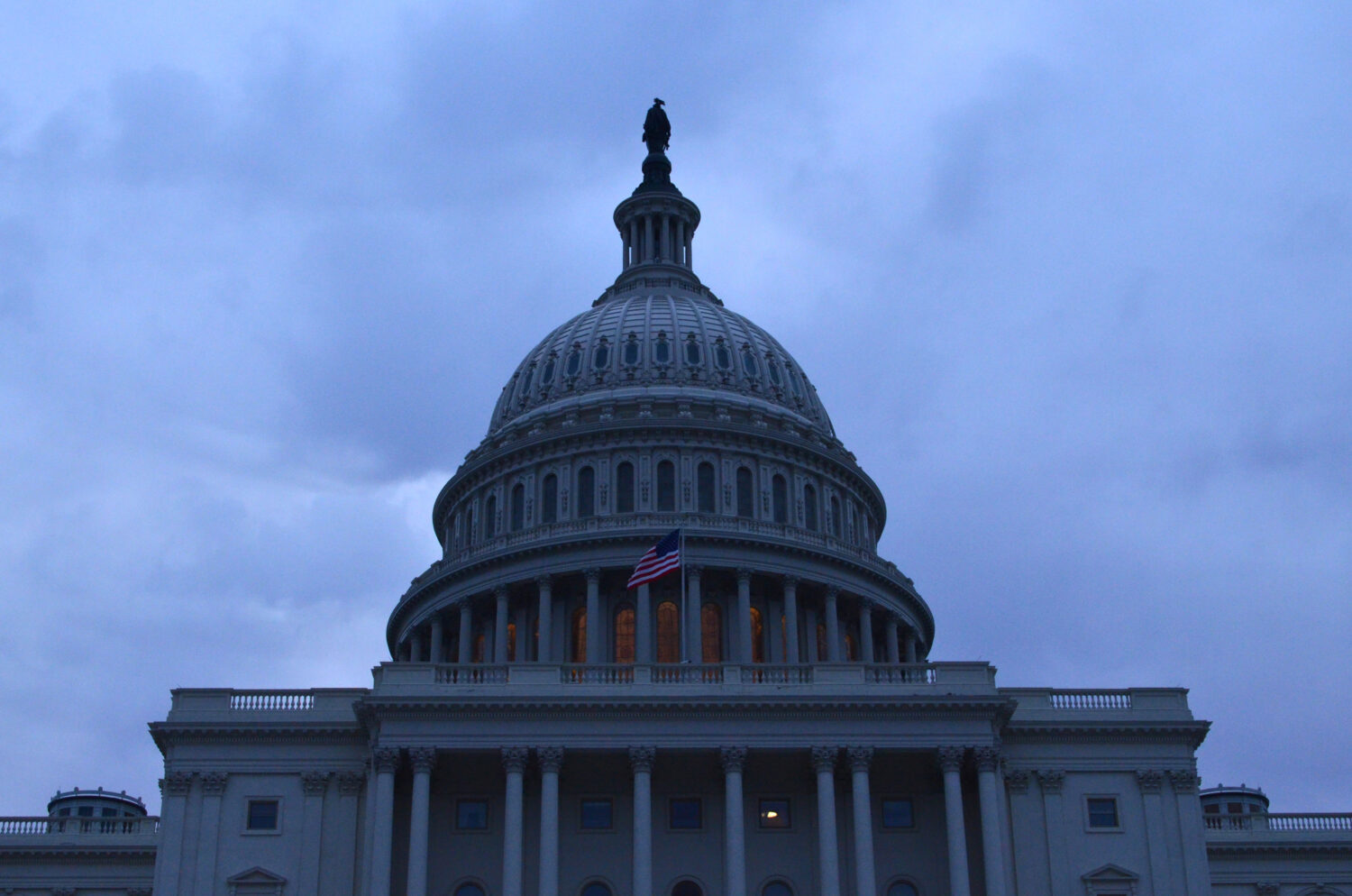
What You Should Know:
– Recent changes to U.S. trade policy under the Trump Administration, including a new baseline tariff on imports, are sending ripples through the healthcare industry, creating significant uncertainty and cost pressures.
– According to recent analysis by Premier Inc., while a temporary pause on reciprocal tariffs (excluding China) is in effect until early July, the new landscape presents immediate challenges.
Trump Administration Tariffs Create Cost Uncertainty for Healthcare Supply Chains
Here are five key ways these tariffs are impacting healthcare providers and supply chains right now:
1. Increased Cost Uncertainty Across the Board
The implementation of a baseline 10 percent tariff on all imported goods worldwide (effective April 5, 2025) introduces a new layer of cost unpredictability. This, combined with the rollback of de minimis exemptions for low-value shipments, adds pressure across various categories, including essential medical supplies, devices, pharmaceuticals, foodservice items, and even capital projects for facility upgrades. A January survey cited by Premier found 82 percent of healthcare experts expected tariff-related import expenses to drive up hospital costs by 15 percent within six months, highlighting widespread concern even before the latest policy changes took full effect. The current 90-day pause on reciprocal tariffs, while intended for negotiation, prolongs this period of volatility for healthcare organizations already struggling with inflation and thin margins.
2. Heightened Risk for Imported Medical Devices
The U.S. healthcare system relies heavily on global manufacturing for medical devices. Premier notes that approximately 75 percent of devices marketed in the U.S. are produced outside the country, and a staggering 69 percent are manufactured exclusively abroad. The new baseline tariffs directly impact these imported goods, potentially leading to increased prices and raising concerns about the continued availability of essential devices critical for patient care.
3. Steep Tariffs Hitting Specific Critical Supplies (Especially from China)
While the baseline tariff is 10 percent, goods from China face specific, much higher rates – up to 245 percent. This is particularly concerning given China’s significant role in manufacturing certain healthcare products. Premier provides a stark example: enteral feeding syringes, which currently have no known large-scale manufacturing outside of China, are subject to a potential 245 percent tariff, posing a direct threat to affordability and access for vulnerable patient populations relying on these essential supplies.
4. Looming Threat of New Pharmaceutical Tariffs
Pharmaceuticals, which had largely been exempt from earlier tariff rounds, are now squarely in the crosshairs. President Trump announced in early April that “major tariffs” on imported pharmaceuticals would be introduced soon. Given the global nature of drug manufacturing, including the sourcing of active pharmaceutical ingredients (APIs) often from countries like China, new tariffs in this sector could significantly drive up medication costs for health systems and patients alike, adding another layer of financial strain.
5. Amplified Supply Chain Volatility and Reliance Risks
The complex global network that supports healthcare operations faces increased volatility due to these trade policy shifts. Escalated trade tensions, particularly with China, create risks beyond just cost, potentially impacting the availability of necessary medical devices, drug ingredients, and technological components manufactured there. Because ex-U.S. manufacturing is a critical reality for healthcare sourcing, navigating these tensions and the overall uncertainty introduced by the tariff policies becomes a major strategic challenge for maintaining resilient supply chains.
What Healthcare Leaders Can Do
Premier advises healthcare organizations to take proactive steps now to mitigate these impacts:
- Demand Supplier Transparency: Obtain detailed data on manufacturing country of origin and risk exposure.
- Identify Vulnerabilities: Analyze contracts for tariff protections and map organizational risks.
- Explore GPO Alternatives: Consider transitioning non-protected contracts to GPO agreements for potential price insulation.
(Note: Information reflects the situation as reported by Premier, current as of April 29, 2025. Trade policies remain dynamic.)
